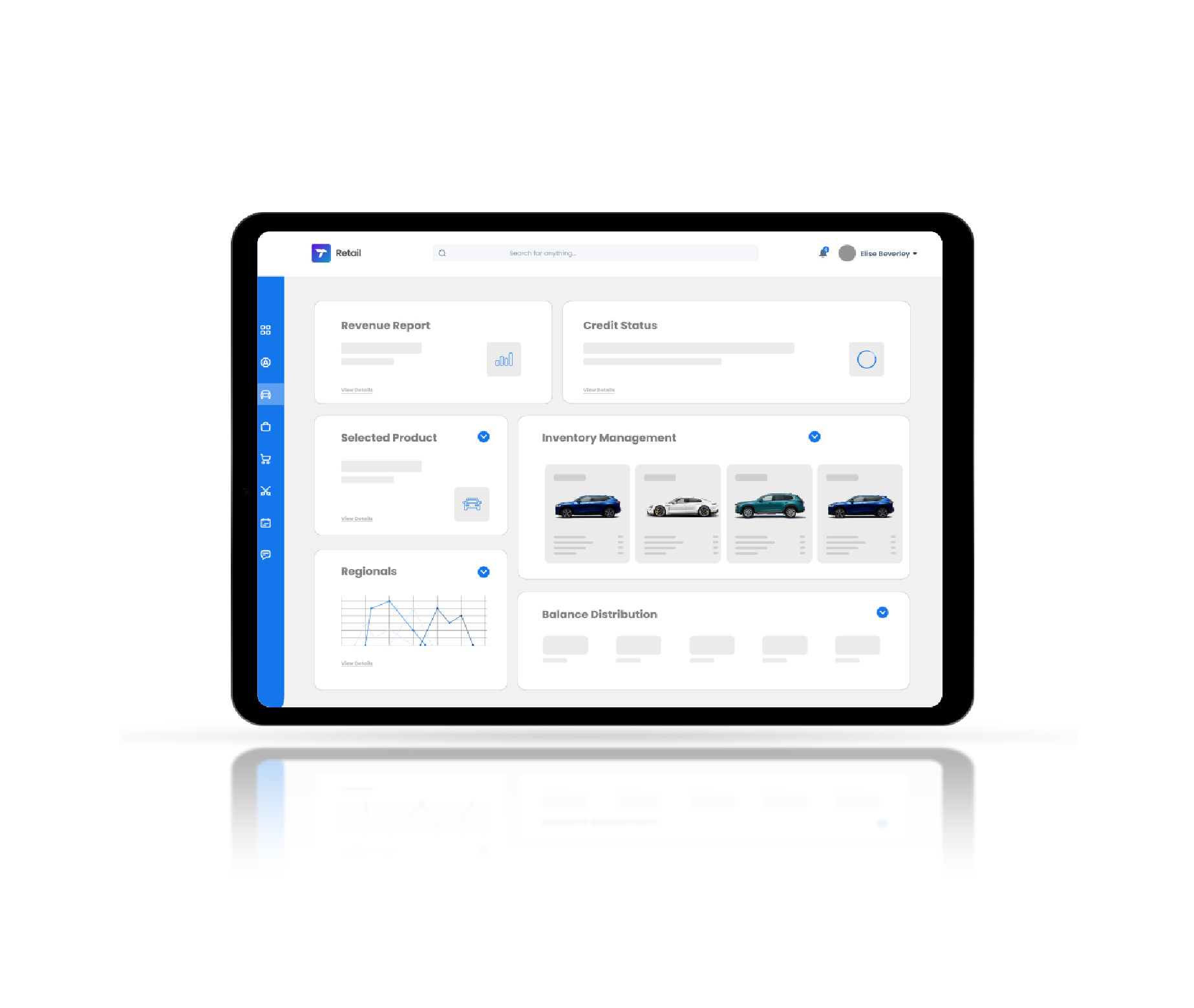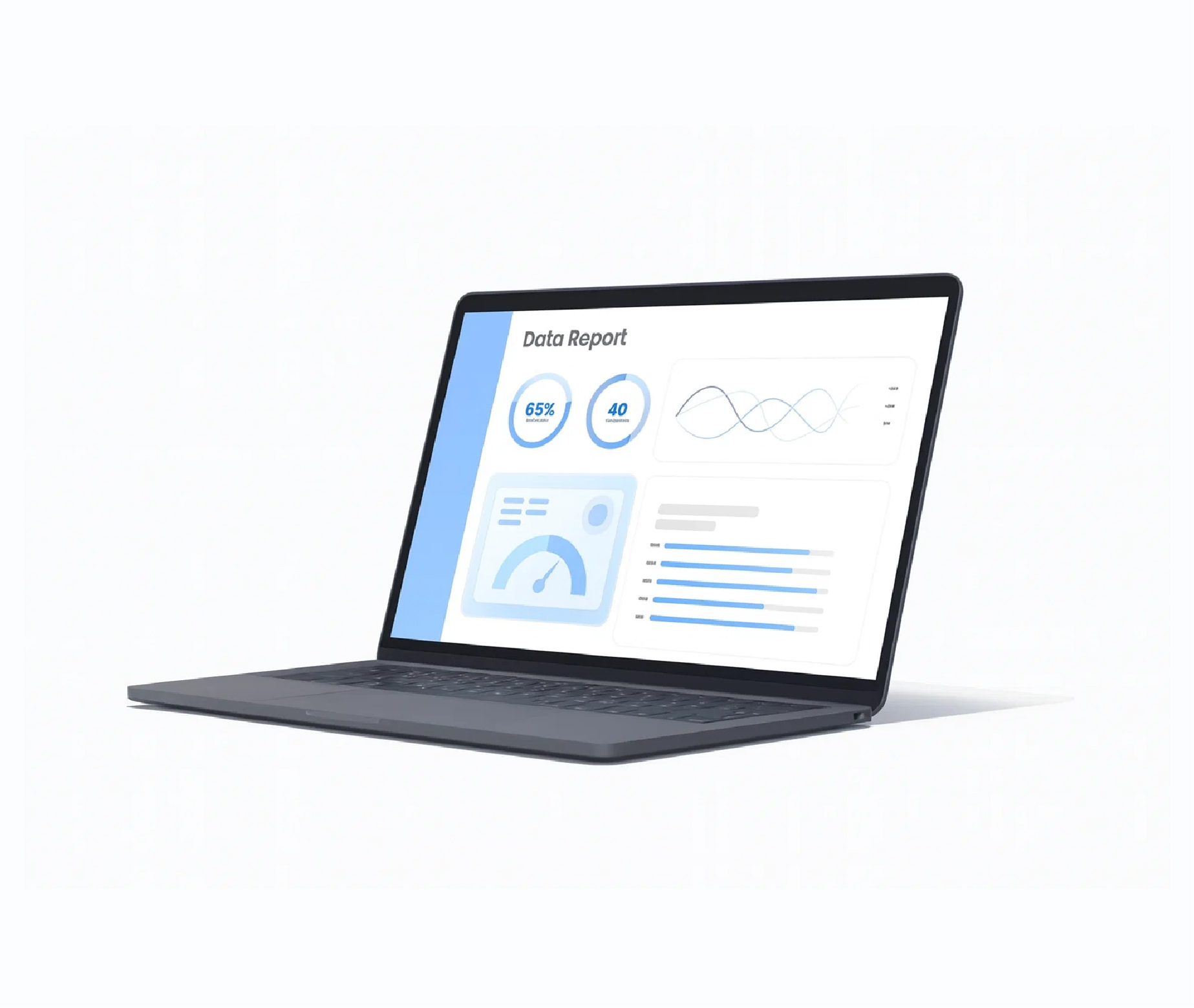Blog
Ransomware risks and building cyber resilience
By Netsol Technologies, on December 3, 2024
Learn what ransomware is, how it works, and its devastating impacts. Discover effective prevention strategies and stay protected with to defend your business today.

Ransomware has emerged as one of the most insidious threats. It’s become an everyday menace impacting individuals and organizations globally. Such a cyber threat can lead to devastating consequences in information security, including significant financial losses and operational disruptions.
Imagine waking up one morning to find your computer locked with a ransom note demanding payment in exchange for your precious data.
Ransomware cyber attack to cost $265 billion by 2031.
Ransomware attacks are expected to cost the world a
staggering $265 billion by 2031. The ransomware perpetrators are actively
refining their malware payloads and are getting aggressive with extortion
activities.
This staggering statistic underscores the urgent need for robust prevention measures. As ransomware attacks become increasingly sophisticated, understanding what they are and how to defend against them is more critical than ever.
What is ransomware?
Ransomware is a type of malicious software that blocks a user’s access to the affected device unless they agree to pay a ransom. It's designed to encrypt the victim's files, making them inaccessible. This form of cyber extortion can target individuals and businesses alike, making everyone a potential victim.
There are several types of ransomwares, but two main types include:
- Crypto-ransomware: Encrypts files and demands a ransom for the decryption key.
- Locker ransomware: Locks users out of their devices entirely, demanding payment to restore access.
How do ransomware attacks works?
Ransomware has evolved incredibly over the years. Initially, these attacks were moderately simple, but they have transformed into complex operations that leverage sophisticated techniques.
Here's a step-by-step look at how ransomware operates:
- Initial infection: Attackers often use phishing emails, exploit kits, or compromised software as entry points.
- Spread and encryption: Once inside, ransomware spreads across the system, encrypting files and sometimes even networked devices.
- Ransom demand: The attacker displays a ransom note demanding payment, usually in cryptocurrency, with a deadline for compliance.
Most disturbing ransomware cyberattacks
There are two most noteworthy ransomware attacks that shook the world.
- WannaCry ransomware attacks
The WannaCry ransomware attack was a worldwide incident that happened in 2017. It was a global epidemic that affected over 300,000 computers across 150 countries, resulting in damages ranging from hundreds of millions to billions of dollars.
The ransomware attack spread to computers operating older versions of Microsoft Windows. The users' files were held hostage, requiring a ransom in Bitcoin currency.
- NotPetya cyberattack
NotPetya was one of the most devastating cyberattacks in history! The attack was made on state-sponsored cyber warfare, with Ukraine being the target. The attack infiltrated Ukraine completely, spreading hold of systems across Europe, the UK, and farther.
The NotPetya cyberattack caused a staggering $10 billion in damages. This left the Ukrainian government in a state of confusion and paralysis, unable to operate effectively.
 “Ransomware attacks have skyrocketed in the past years, increasingly targeting critical national infrastructure, disrupting business processes, and compromising vital data that they require to function. There needs to be a collaborative and coherent response to these threats.” Alexandru Caciuloiu UNODC Cybercrime and Cryptocurrency Advisor for Southeast Asia and the Pacific
“Ransomware attacks have skyrocketed in the past years, increasingly targeting critical national infrastructure, disrupting business processes, and compromising vital data that they require to function. There needs to be a collaborative and coherent response to these threats.” Alexandru Caciuloiu UNODC Cybercrime and Cryptocurrency Advisor for Southeast Asia and the Pacific
The impact of ransomware attacks
Ransomware is not just a problem that affects systems and devices—it’s more than that! It is a financial and operational disaster.
Financial loss
The financial repercussions of ransomware are incredibly high. Direct costs include ransom payments, ranging from a few hundred to millions of dollars, depending on the target's size and urgency.
Beyond the ransom, organizations face indirect costs such as downtime, lost productivity, and damage to their reputation.
 The average ransom payment was $568,705 in Q4 of 2023. Coveware
The average ransom payment was $568,705 in Q4 of 2023. Coveware
According to a report from Coveware, the average ransom payment in Q4 2023 was approximately $568,705
Data loss
If the ransom is not paid, or if decryption fails, the risk of permanent data loss is significant.
A study by Cybersecurity Ventures found that 60% of small businesses that experience a ransomware attack go out of business within six months. They suggested that for this reason, small to mid-sized companies should continuously monitor their networks for suspicious activity.
This statistic highlights the critical importance of data backup strategies, as they are often the only defense against irreversible data loss.
Operational disruption
Ransomware attacks can severely disrupt business operations. Critical systems may be locked, suspending essential services.
As seen during the Colonial Pipeline attack, ransomware disrupted fuel supplies in the U.S. for several days. Businesses can face prolonged downtime, leaving customers frustrated and stakeholders dissatisfied.
How does ransomware spread?
After understanding what ransomware is, it's time to evaluate how it spreads and possible prevention measures.
Common attack vectors
- Phishing Emails: The most dominant method, where attackers trick users into clicking malicious links or downloading infected attachments.
- Malicious Downloads: Fake software updates or pirated content often containing hidden ransomware.
- Exploiting Software Vulnerabilities: Unpatched systems are prime targets for attackers.
- RDP Attacks: Weak Remote Desktop Protocol (RDP) credentials allow hackers to infiltrate networks.
Targeted vs. opportunistic attacks
Some ransomware campaigns are opportunistic, targeting anyone who falls for their traps.
Others are highly targeted, focusing on high-value organizations like hospitals or financial institutions, as they are more likely to pay.
How must businesses prevent ransomware attacks?
Prevention is always better than cure when it comes to ransomware. Here are some actionable and best ways to prevent ransomware attacks.
- Strengthening security infrastructure
Businesses must fortify their security infrastructure to defend against ransomware. This includes installing reliable antivirus and anti-malware solutions, using firewalls, and implementing intrusion detection systems.
Regular updates and patches for software and operating systems are crucial to eliminate vulnerabilities.
- Data backup and recovery
Regular data backups are a lifesaver in the event of an attack. Organizations should establish a backup schedule and ensure backups are stored in a secure, offsite location.
Testing backup restoration processes periodically is essential to recover data swiftly.
- Training employees
Employee training errors remain a significant factor in ransomware attacks. Educating employees about cybersecurity risks is vital. Simulated phishing campaigns can help raise awareness and prepare staff to identify potential threats.
 "Security is a process not a product." - Bruce Schneier
"Security is a process not a product." - Bruce Schneier
Cybersecurity expert Bruce Schneier emphasizes that security is a process that businesses must not treat as a product. He urges organizations to continuously evaluate their security infrastructure against evolving malicious attacks.
- Implementing access controls
Implementing the principle of least privilege ensures that users have only the access necessary to perform their job functions.
Additionally, using multi-factor authentication (MFA) adds an extra layer of security, significantly reducing the likelihood of unauthorized access.
- Incident response planning
Having a well-defined incident response plan is crucial for organizations. This plan should outline steps to take during and after an attack, including communication strategies and recovery processes.
Developing a ransomware-specific incident response plan can help organizations react swiftly and effectively to minimize damage.
Future of ransomware and emerging trends
The future of ransomware presents an ever-evolving threat as cybercriminals continuously innovate to outsmart traditional defenses. Businesses must proactively adopt robust measures to prevent ransomware attacks and stay ahead of these challenges. A significant trend is the growing sophistication of ransomware attacks, including the use of artificial intelligence (AI) to create adaptive and evasive malware. Additionally, the rise of Ransomware-as-a-Service (RaaS) has made these threats more accessible, allowing even less-skilled attackers to deploy sophisticated ransomware kits, significantly broadening the scope of the threat landscape.
In response, defense mechanisms are also evolving to counter these advancements. Advanced threat intelligence tools are now capable of proactively identifying potential risks, enabling organizations to mitigate threats before they materialize. Machine learning in cybersecurity further strengthens defense capabilities by dynamically enhancing detection and response systems, offering better protection against emerging ransomware strains.
As the battle between cybercriminals and defenders intensifies, the key to resilience lies in innovation, collaboration, and continuous adaptation. Businesses that invest in cutting-edge cybersecurity technologies and cultivate a proactive security culture will be better positioned to withstand the challenges of an increasingly sophisticated ransomware threat landscape.
Individuals and organizations can significantly reduce their risk by understanding how ransomware works, its impacts, and prevention strategies.
Remember, investing in cybersecurity isn’t just a technical decision; it’s a business-critical one. For expert advice and advanced solutions for safeguarding your business from ransomware attacks, consult the professionals at NETSOL.
Stay ahead of the curve—stay protected.
Related blogs

Blog
Intelligent deal structuring: The new standard in digital retail platforms

Blog
Transforming BFSI with data engineering: Unlocking actionable insights from big data

Blog



